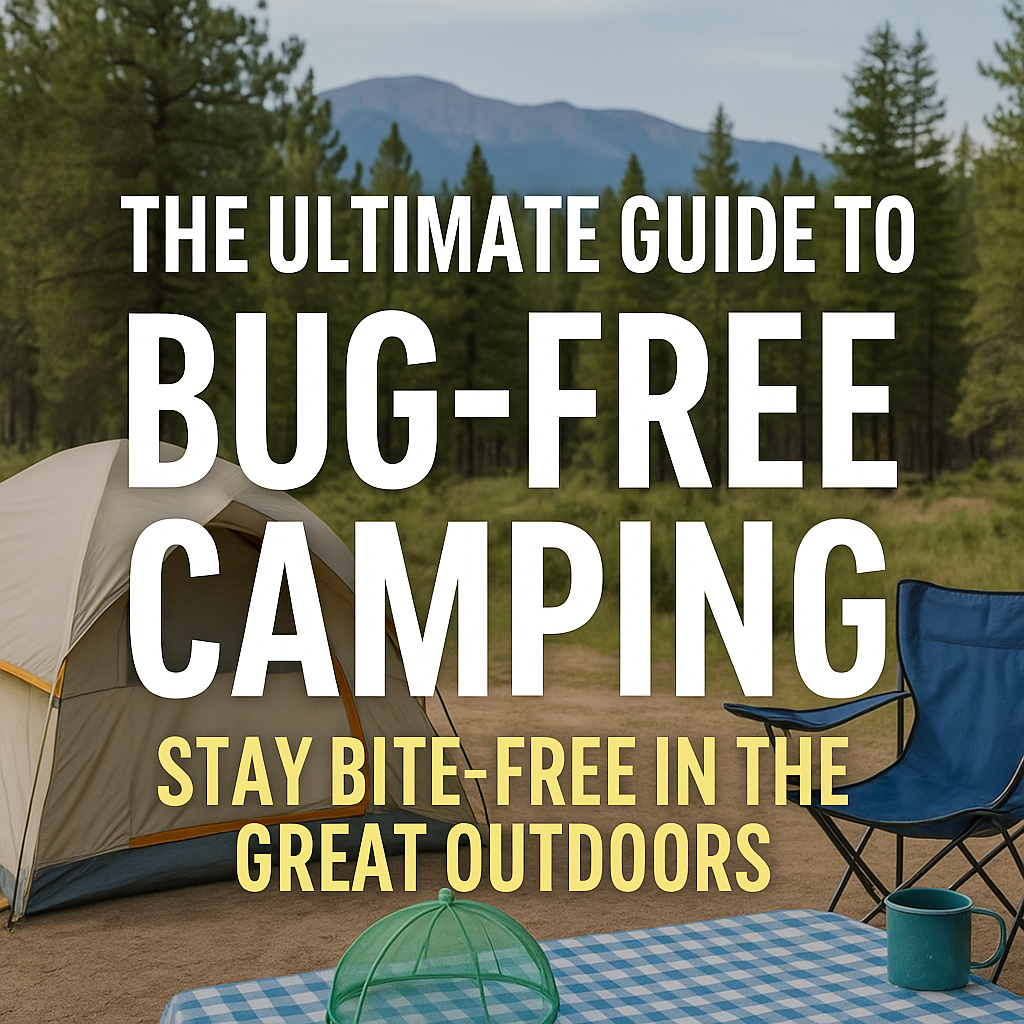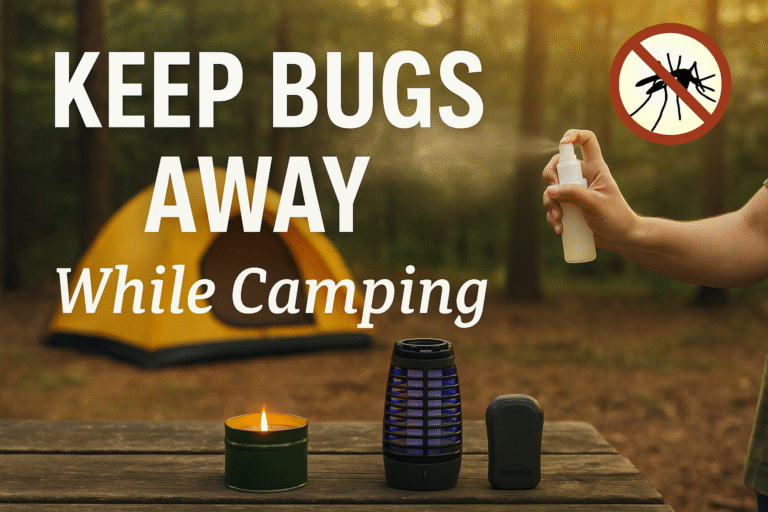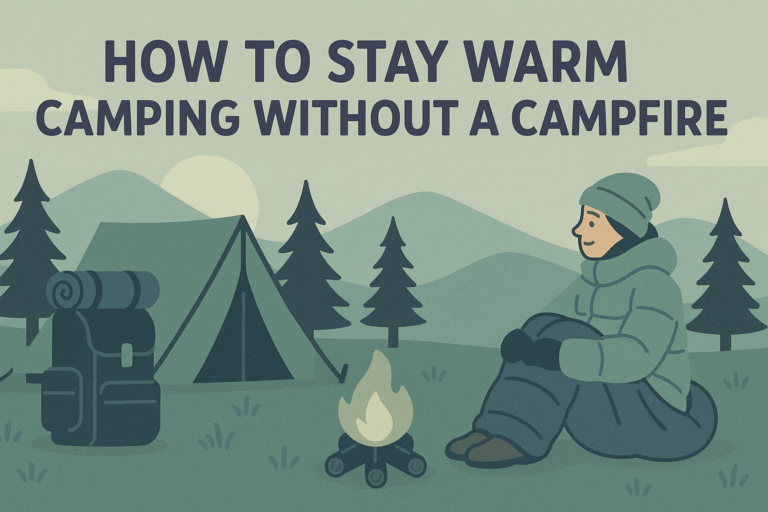Planning a camping trip without a cooler might sound challenging—but it doesn’t have to be. Whether you're heading out for a spontaneous weekend getaway, hiking to a backcountry site, or just want to simplify your camp kitchen, you can still enjoy tasty, satisfying meals. This guide shares 10 smart campfire cooking hacks that make it easy to eat well without refrigeration. These tips are perfect for beginner and casual campers looking to keep things simple while still enjoying fresh, hot food by the fire.
❄️ Why Camp Without a Cooler?
Skipping the cooler means less to carry, no worries about melting ice, and a more lightweight setup. It’s especially ideal for:
- ✅ Backpackers who need to minimize weight
- ✅ Car campers staying only one or two nights
- ✅ Campers without access to ice refills
- ✅ Campers looking to simplify gear and packing
With just a little planning, you can eat healthy, hearty meals that don’t rely on refrigeration at all.
🔥 10 No-Cooler Campfire Cooking Hacks

1. Choose Shelf-Stable Ingredients
Build your meals around non-perishable items like canned beans, vacuum-packed rice or grains, dried pasta, powdered milk, and jerky. Foods like lentils, couscous, and dehydrated soups are quick to cook and lightweight.
Need a quick start? Try a camping food kit bundle with shelf-stable items.
2. Bring Hard Cheeses
Soft cheeses spoil quickly, but hard cheeses like aged cheddar, gouda, and parmesan hold up well for a couple of days. They add flavor and protein to wraps, pasta, and even fireside grilled cheese. Wrap them in wax paper and store in a shaded spot.
3. Pre-Cook and Vacuum Seal Meals
At home, cook meals like chili, rice bowls, or curry, then vacuum-seal and freeze them if possible. These packs will stay cool for several hours and can be reheated in a pot of hot water at camp. A compact vacuum sealer can be a great investment for regular campers.
4. Use Dehydrated and Freeze-Dried Foods
Freeze-dried meals are ultra-light, shelf-stable, and just need boiling water. While a bit pricey, they’re a favorite among backpackers for their convenience. Brands like Mountain House or Backpacker's Pantry offer plenty of tasty options.
Check out top-rated freeze-dried meal packs for your next trip.
5. Store Eggs Without Refrigeration
Fresh farm eggs that haven’t been washed can be stored at room temperature for several days. For convenience, use powdered eggs which are easy to rehydrate and cook like fresh ones.
6. Cook in Foil Packets
Foil packet meals are easy and cleanup-free. Layer ingredients like potatoes, onions, canned chicken, beans, or veggies with olive oil and seasoning, then wrap in foil and place in hot coals.
Bring a roll of heavy-duty camping foil to keep your packets intact.
7. Invest in a Cast Iron Skillet
A cast iron skillet is a camp kitchen essential. It’s perfect for searing meats, cooking pancakes, or frying vegetables. It retains heat well and doesn’t need soap to clean—just water and a brush.
This pre-seasoned cast iron pan is perfect for open fire cooking.
8. Choose Bread That Lasts Longer
Regular sandwich bread goes stale quickly. Instead, pack tortillas, flatbreads, or pitas. They’re more durable and versatile—use them for wraps, breakfast tacos, or campfire pizzas.
9. Bring a Compact Spice Kit
Create a DIY spice kit using pill containers or small jars with essentials like salt, pepper, garlic powder, paprika, Italian herbs, and chili flakes.
This portable spice travel set is a great camping upgrade.
10. Keep Perishables Cool With Smart Storage
If you bring any perishables for the first day, keep them shaded and insulated. Use a reflective emergency blanket, hang food in a breathable mesh bag, or place it in a stream if available.
📋 No-Cooler Camping Meal Checklist
- ✅ Canned and shelf-stable proteins (beans, tuna, chicken)
- ✅ Vacuum-packed grains or pasta
- ✅ Hard cheeses and dried fruits
- ✅ Foil sheets and olive oil for packet meals
- ✅ Cast iron skillet or lightweight camp cookware
- ✅ Flatbreads, tortillas, or pitas
- ✅ DIY spice kit for flavor on the go
- ✅ Instant sides and freeze-dried meals for backup
- ✅ Biodegradable soap and sponge for cleanup
🌄 Final Thoughts: Eat Well, Camp Light
Going cooler-free doesn't mean sacrificing good food on your camping trip. With a little preparation and smart packing, you can enjoy hot, satisfying meals cooked right over the campfire. These tips help reduce waste, lighten your load, and make cleanup a breeze—so you can spend more time enjoying the outdoors. Try a few of these hacks on your next adventure and discover how simple and rewarding cooler-free camping meals can be.






